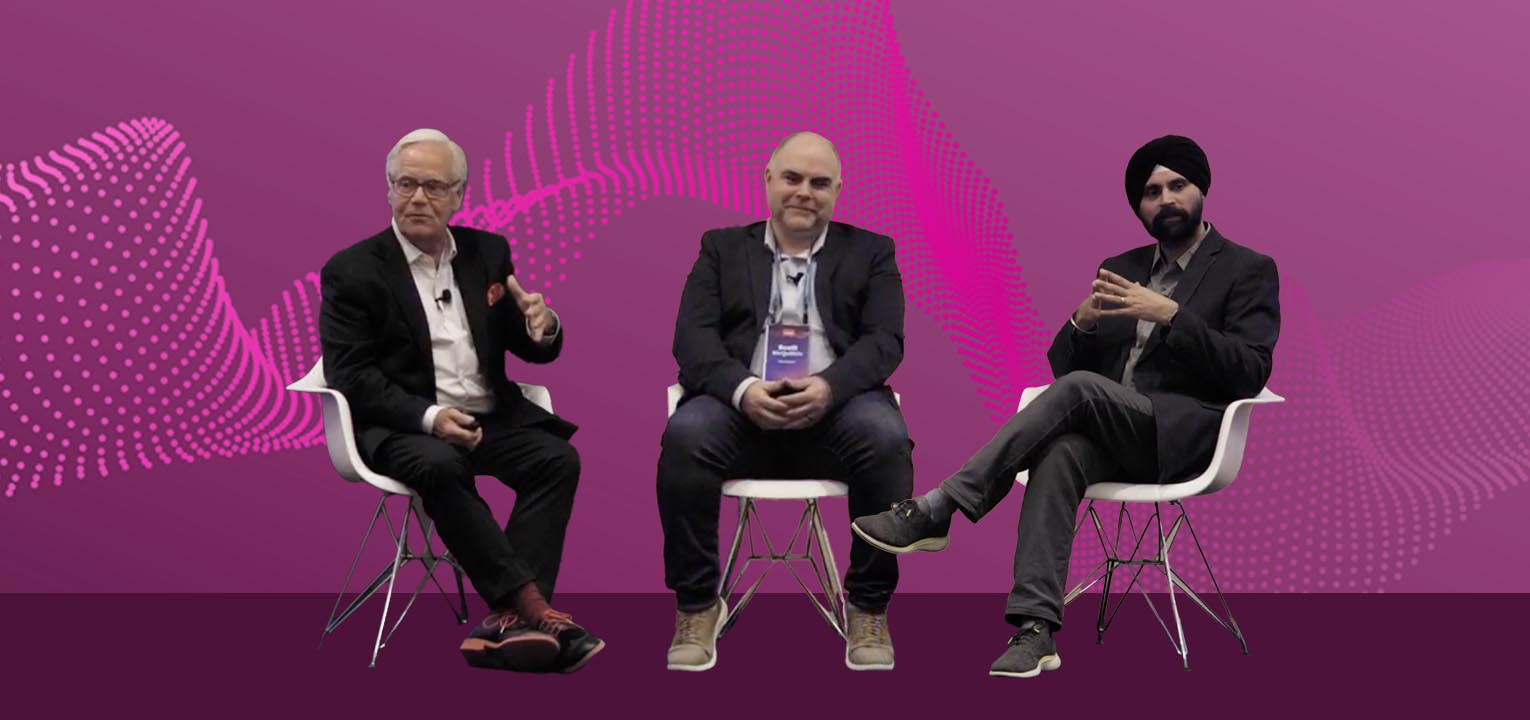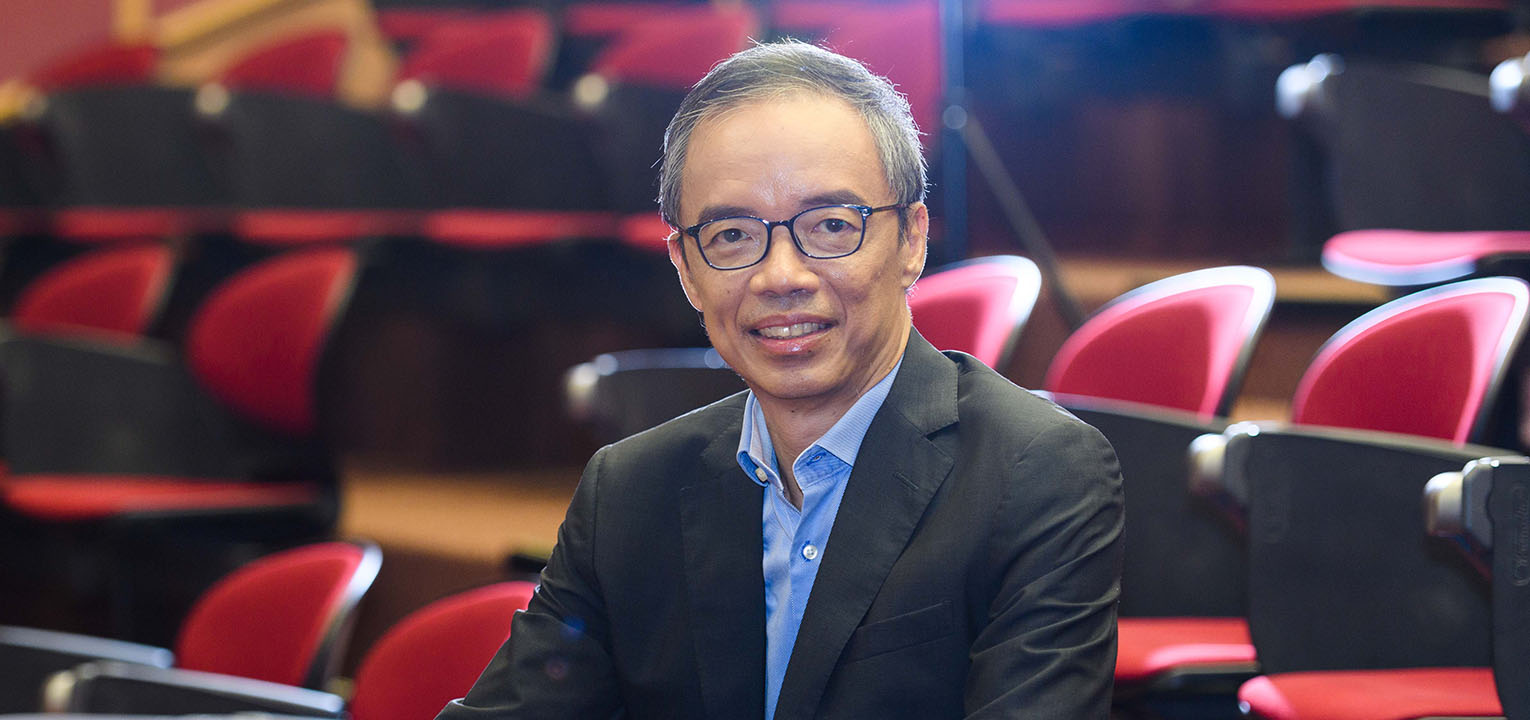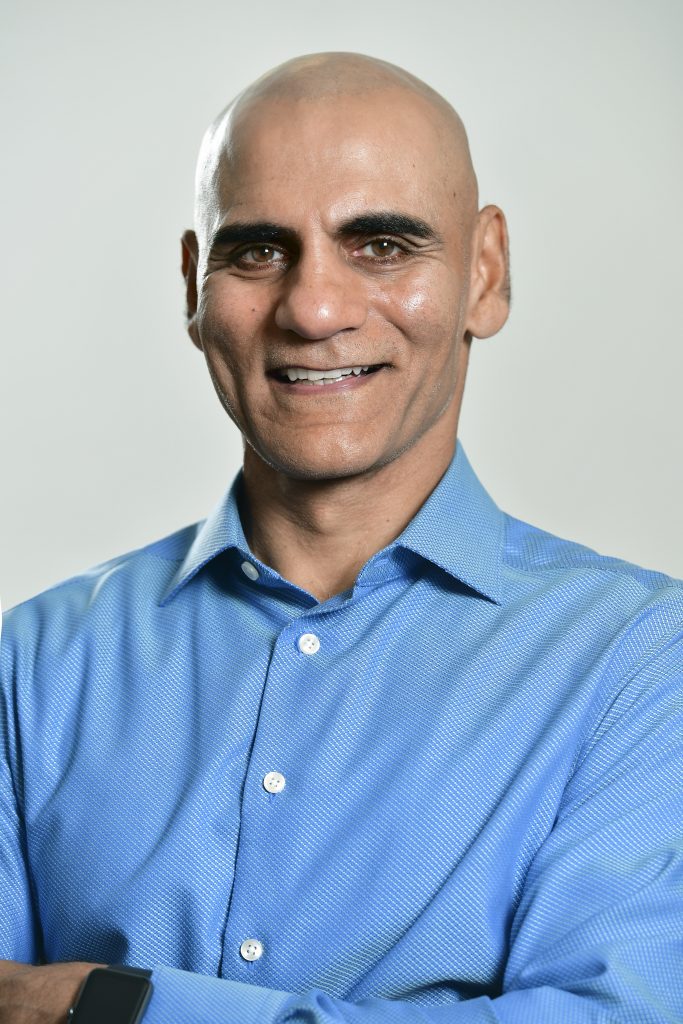April 30, 2021
Competitive Self-Driving Savings for Banks: How?

Ron Shevlin, Managing Director of Fintech Research at Cornerstone Advisors, recently outlined in Forbes the historical challenges for banks in impacting their customers’ financial health.
Given that 40% of customers say their bank has no impact on their financial health, and an additional 10-15% say their bank detracts from their financial health, Shelvin claims that “no bank or credit union owns the ‘financial health’ position in the market.” There is an opportunity here for banks because caring about customer financial wellbeing is more than a nice thing to do—it’s good for business. Financially healthy customers are more likely to generate significant revenue and remain loyal to their bank.
A winning and timely method for market leadership on financial health, Shevlin argues, requires a serious examination of banks’ automated savings offerings as a strategy to retain customer wallet share and long-term relationships. Automated savings, he says, is no longer a nice-to-have. It’s a necessity if banks wish to avoid losing revenue to fintech or competitors.
Automated solutions deliver on a savings journey, moving pockets of money automatically when available. Shevlin points out that the average automated savings customer saves “$600 a year above their regular level of savings… at a 0.05% interest rate—what traditional banks advertise—you’d need $1.2 million in savings account in order to earn $600 in a year.” Automated savings allow customers to reach significant savings from a much smaller amount of money through programs that regularly put away small amounts. They may include envelopes for specific savings goals, and self-adjust according to changes in customers’ financial circumstances. Customers understand the value in that and are heeding the automated savings call.
One in five Gen Z’s and 16% of millennials use automated savings tools, according to a Cornerstone Advisors study.
How can banks respond competitively? By combining the rich customer transaction data at their fingertips with top-of-line AI and offering a more comprehensive solution than saving apps alone. Doing this creates a world of what we at Personetics call “Self-Driving Finance,” where banks proactively act on behalf of their customers.
The Features of Self-Driving Savings
Some banks have existing saving tools, like Bank of America’s “round up your change” program. They don’t, however, deliver “self-driving” savings solutions that offer customers value beyond what they might get with a third-party app by tangibly impacting their financial lives while meaningfully impacting business. An effective approach to “self-driving” savings must be fully automated and self-adjustable to protect the customer from overdraft, allow customers to save significant amounts of money (customers at banks that work with Personetics save, on average, $250 per month), and can automatically split savings by envelope or goal.
U.S. Bank partnered with Personetics to develop “Pay Yourself First,” its “self-driving” savings solution.
“At U.S. Bank, we are committed to providing our customers with tools and solutions that help them better manage their complex financial lives,” said Damian Warren, Senior Vice President of Consumer Digital Channels Experience at U.S. Bank. “One of the ways we are doing that is by leveraging “Pay Yourself First,” we help customers build their savings by giving them intuitive insights about how best to do that, in a way that is personalized for their specific situation.” For customers enrolled in the program, algorithms calculate the amount they can safely save while still paying all their bills and coping with financial emergencies.
Other banks take equally valuable but unique approaches.
Ally Financial’s “Surprise Savings” program leverages Open Banking technology and allows customers to connect external accounts, pull savings from them when available, and deploy funds into predefined buckets. Huntington Bank’s “Money Scout” algorithm determines safe amounts to set aside—anywhere from $5 to $50— customers are saving an average of $115 each month. “We… had this in the pilot, and I chose to accelerate it because I thought there was a need,” said Andy Harmening, Huntington’s Director of Consumer and Business Banking. “The dollars really add up, and it shows you what’s possible.”
Winning “self-driving” savings solutions like these are characterized by three features:
- A truly smart operating system. Automated savings apps like Digit, Dobot, and Qapital only allow moving small pockets of funds at a time and force customers to work outside of trusted digital banking channels. More advanced AI is smart enough to identify larger pockets of money as safe to move, leading to more savings. The “Pay Yourself First” program allows customers to save hundreds of dollars from each paycheck—or just small pockets. Its AI algorithms are able to provide value to customers with a broad range of wealth, financial circumstances, and financial goals.
- Advanced safety features. The most valuable “self-driving” savings programs actually take the steering wheel by making better decisions for customers than they may have made on their own. The “Pay Yourself First” program lets customers define a dollar amount or percentage of income as the desired savings target. When a paycheck comes in, the algorithm analyzes long and short-term cashflow implications, including potential unforeseen expenses, and determines for the customer whether funds are safe to move. It may move all, some, or none, depending on the month, with the goal of protecting the customer.
- Customization Capabilities. Technologies like Personetics can help banks offer more robust solutions customized according to their customer needs. For example, U.S. Bank customers can select different financial goals, such as savings or investment, and split savings transfers between those goals automatically (or manually).
Increasing Customer Retention and Business Impact
Tools like “Pay Yourself First” help customers grow their ability to withstand financial emergencies and also improve their loyalty to the bank, making it harder for them to justify leaving or transferring funds to Fintechs or other financial institutions.
“The financial services industry, in particular banks, are still in a state of distrust with consumers,” says Warren. “We are looking to solutions like this to help shift that trajectory and place us in a place of trust with customers and ultimately build lifelong relationships with them as well, to where, if we continue to provide that advice and guidance that helps them manage their financial life, they will return to us and maintain a deeper relationship over time with all of our solutions.”
“Self-driving” savings solutions of this caliber stand the test of all the benefits that Shevlin argues banks will enjoy by developing such tools. They attract young and affluent customers—a quarter of Gen Z’s, Millennials, and Gen X’s making more than $100,000 using these tools. They meaningfully engage customers and demonstrate commitment to financial health. One automated savings customer said that “I like seeing my progress on savings each month. It’s making me think more about the things I spend money on.”
Ultimately, these behavioral and attitudinal shifts generate revenue and prevent deposit displacement by ensuring customers remain loyal and don’t leave for third-party apps.
Banks can offer competitive automated savings. Time to buckle up, take the wheel, and enjoy the self-driving financial experience
To get started on building your bank’s Automated Financial Wellness Programs, click here.
Want to explore how your bank can harness the power of AI to engage and serve customers? Request a demo now
Latest Posts

The AI Implementation Reality Check

Why Asia Pacific Pacific Banks Must Lean into Cognitive Banking: A Conversation with Dr. Dennis Khoo

Explore our Spring Release Highlights – From Integrated Marketing Offers, to Custom Trackers, and AI Innovation

Jody Bhagat
President of Americas, Personetics
Jody brings deep operating experience in financial services – managing direct channels, launching digital ventures, and leading digital transformation programs. He was previously a Partner at McKinsey & Company, where he helped financial institutions define and execute digital transformation programs to drive customer growth and operating efficiency. Jody also served in senior digital operating roles at US Bank, Wells Fargo, and Providian. He led digital sales and service functions and direct-to-consumer businesses to deliver organic growth and the enhanced customer experience in these positions. Jody has an MBA from Northwestern University and a BS in Computer Engineering from The University of Michigan.









